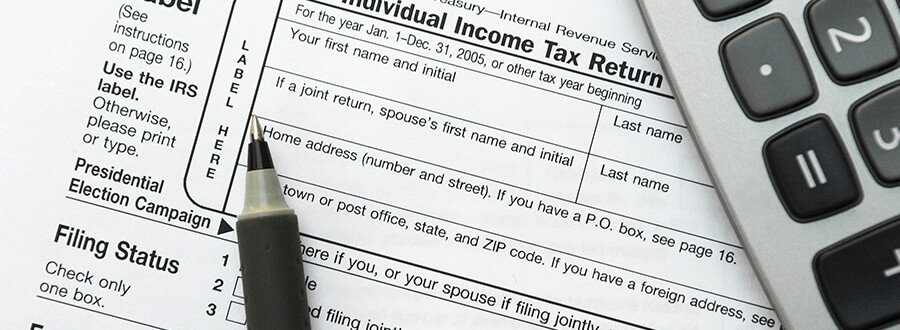Key Points
- The IRS taxes income worldwide. Regardless of where or how you earn money, you must claim the income on your tax return.
- Not everyone must file taxes.
- Side gigs complicate your tax return because you must report the income through a business.

More and more families rely on part-time jobs and side gigs to meet monthly obligations, save for major purchases, or pay down debt. The pandemic accelerated the use of side hustles to buoy personal finances, leaving millions with a more complicated tax situation.
In January 2021, a Zapier survey reported that 34% of workers had a side hustle in 2020, and another 61 million people plan to find side work in 2021 to supplement their income. Another survey by Dollar Sprout reported that the top four reasons consumers work a second job are paying bills, having extra spending money, paying down debt faster, or saving for a major purchase. Nearly one-third of those with a side hustle earn over $500 a month, adding $6,000 or more annually to their bottom line.
Because the IRS taxes side gigs differently than wages paid by an employer, even those earning less could be surprised by how much you owe in taxes on so little income.
What Income Does the IRS Tax?
The IRS taxes gains received from wages, benefits, income from freelance or side jobs, investments, property, or services received from anywhere in the world. The IRS separates income into two categories: earned and unearned income.
- Earned income is an exchange of labor for wages.
- Unearned income covers all gains that do not directly connect to labor or work. Interest, dividends, capital gains, and Social Security are examples of unearned income.
Employers take out tax payments from your wages and contribute half of the required tax to Social Security and Medicare. At the end of each year, you receive a W-2 with the total earnings and deductions.
How Self Employment Affects Your Taxes
Many side gigs do not pay a regular salary or hourly wage, resulting in a W-2 at the end of the year. Instead, the company treats you as an independent contractor and does not deduct any taxes from your earnings. The IRS labels self-employed contractors as small business owners and requires you to report your business income on a Schedule C.
The upside is that you can deduct qualified expenses to lower your taxable income. You also qualify for additional benefits like health insurance premium deductions and have access to retirement saving account options not always available to traditional employees.
The downside is that you must pay both the employer and employee portion of Social Security and Medicare on your net income (income after expenses). The Social Security tax is 12.4%, and the Medicare tax is 2.9%, giving you a starting tax rate of 15.3% PLUS income taxes at both the federal and state level.
How Much Can You Earn Without Filing Taxes?
When all earned income comes from employer wages, you do not have to file taxes if you earn less than the standard deduction. Singles under 65 can earn $12,200 before the IRS requires a tax return. Couples filing a joint return can earn $24,400 before you must file. If you are over 65, the minimum threshold is $27,000 before you are required to file taxes.
When Do You Need to Include Earnings from a Side Gig on Your Tax Return?
However, if you have any self-employment income (wages earned from a side hustle), you must file if you earned more than $400 for the year. The IRS taxes all income, even if you do not receive a 1099.
Final Thoughts
Side work and second jobs help with monthly expenses. However, it is vital to track qualified business expenses and mileage deductions to reduce your taxable income. You should also set aside money for taxes and make quarterly payments when appropriate. Failing to do so could result in an underpayment penalty and owing more than expected when it comes time to file.
